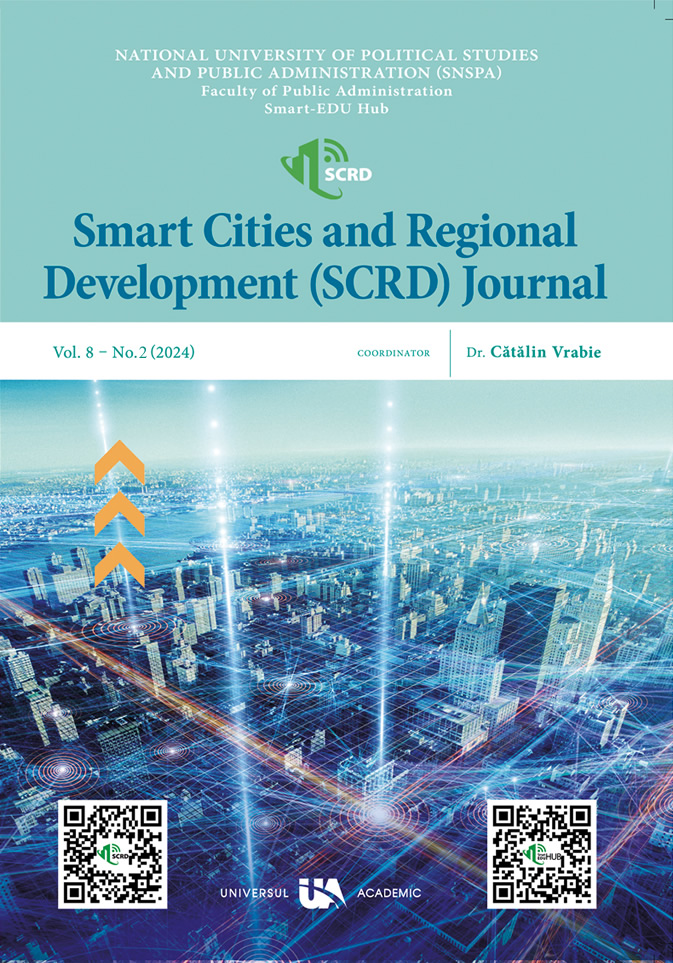A crowdsensing-based framework for sound and vibration data analysis in smart urban environments
DOI:
https://doi.org/10.25019/h550wd78Keywords:
sound and vibration in traffic, data analysis, urban planning, noise pollution, crowdsensingAbstract
In this paper, we introduce a framework tailored to the precise analysis of sound and vibration data in the dynamic context of smart cities. By harnessing the power of crowdsensing data, our system offers a robust and highly adaptable solution for the real-time monitoring and comprehensive assessment of acoustic and vibrational parameters within urban environments. The rise of smart cities, fueled by sensor tech and data analysis, demands advanced tools to tackle urban environmental issues and improve residents’ quality of life. Our framework empowers city stakeholders, offering insights for informed decisions in urban planning, transportation, infrastructure maintenance, and public health. Key features of our system include data acquisition through mobile crowdsensing application, advanced signal processing algorithms for noise and vibration identification, and the integration of geospatial information to provide location-specific context. Furthermore, our framework supports scalable and adaptable data analytics, ensuring the efficient utilization of resources and the effective management of urban environments. The presented framework addresses the challenges of noise pollution, structural health monitoring, transportation optimization, and public safety in smart cities. By exploiting crowdsourced data, it promotes a collaborative approach to data collection, analysis, and decision-making, fostering an environment where cities can continuously evolve and adapt to the evolving needs of their residents. This paper offers a detailed exploration of the system’s architecture, and showcases its practical implementation, affirming its potential as a powerful starting point for advancing the science of smart cities.
Downloads
Published
Issue
Section
License
Copyright (c) 2024 Boban DAVIDOVIC, Sanja DEJANOVIC, Maja DAVIDOVIC

This work is licensed under a Creative Commons Attribution-NonCommercial-NoDerivatives 4.0 International License.


